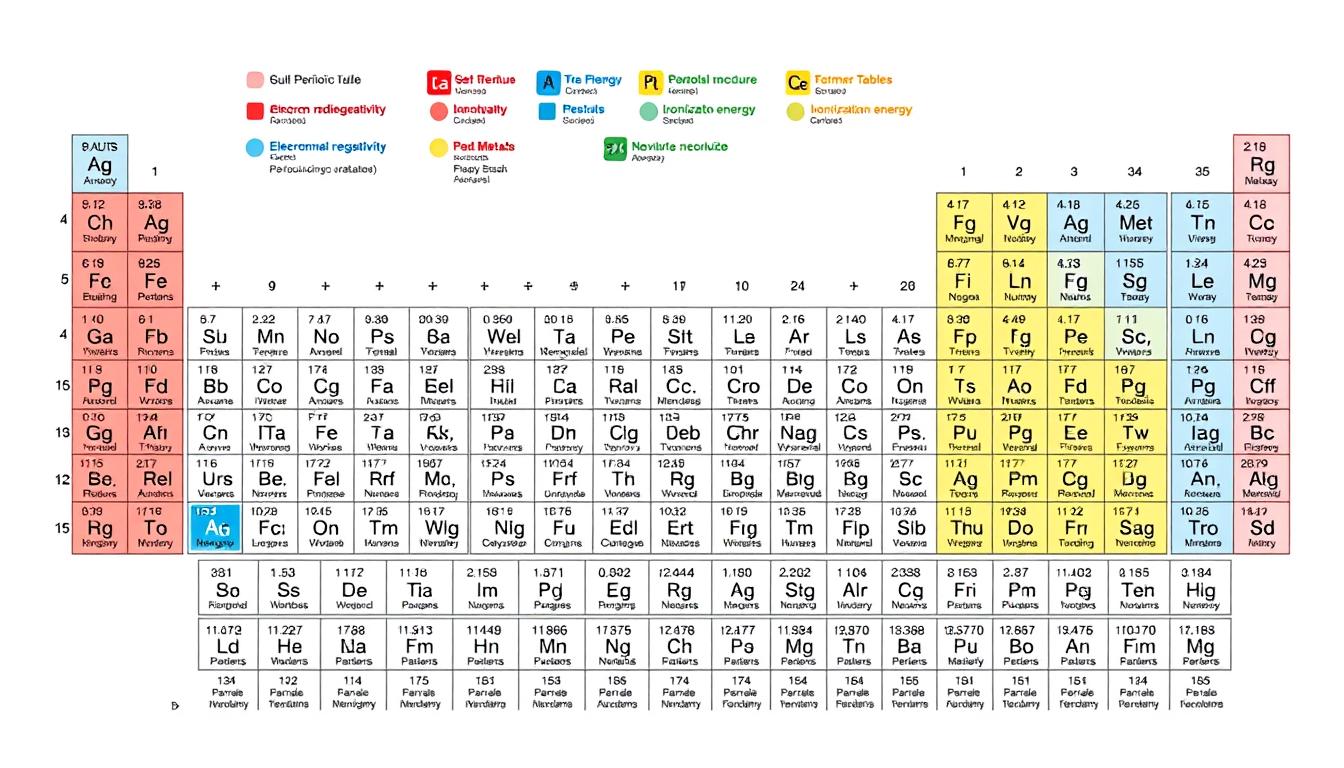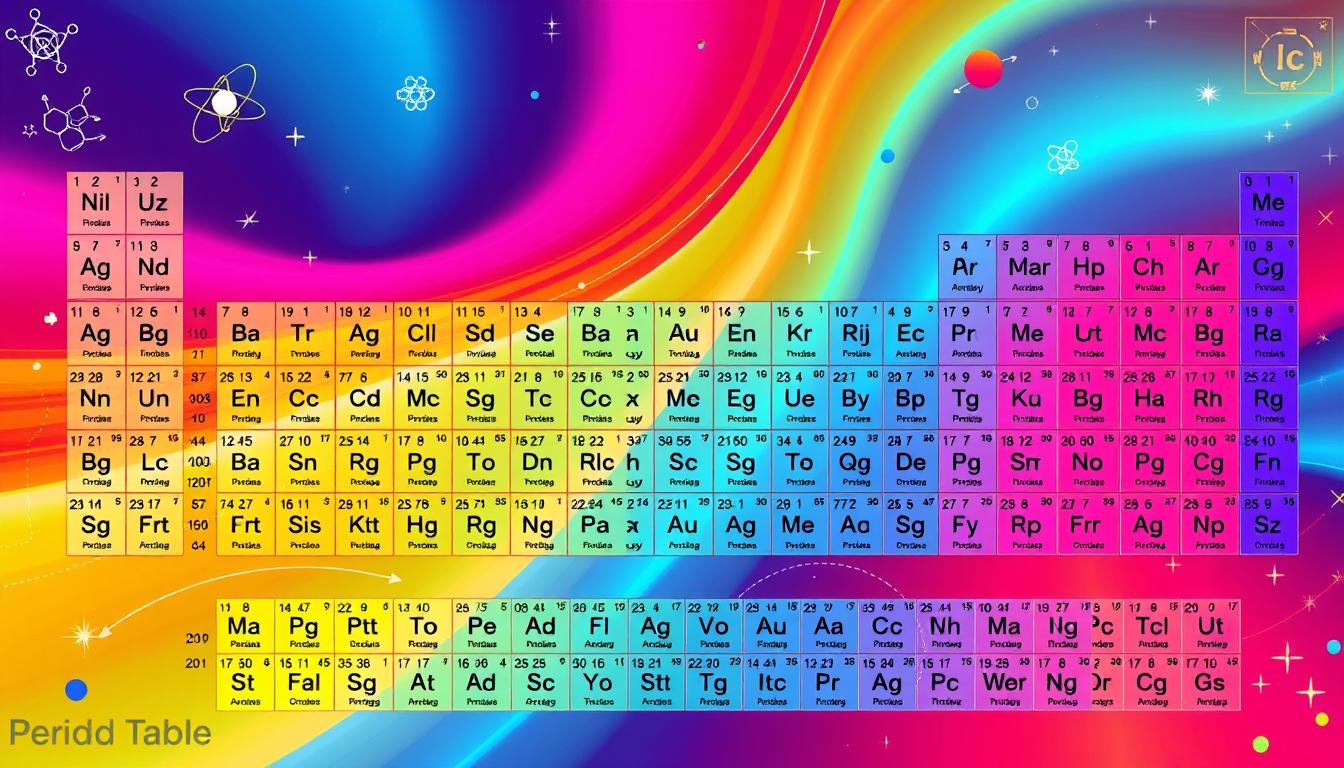Did you know that over 118 distinct elements populate the periodic table, each playing a crucial role in the fabric of our universe? Understanding how these elements behave and interact is fundamental to chemistry, and the key to unlocking that knowledge lies in recognizing periodic table trends. These periodic trends, such as atomic radius, ionization energy, and electronegativity, reveal vital properties that dictate how elements bond and react with one another. By examining these patterns, we gain insights that are essential for both novice students and seasoned chemists alike, helping to explain the complex relationships that define the world around us.
The systematic organization of elements according to their atomic number allows us to observe how their properties change in a predictable manner. This periodicity not only aids in grasping the behavior of individual elements but also equips us with the ability to anticipate how different elements will interact in various chemical reactions. Join us as we explore the fascinating trends that define the periodic table and discover why they are so significant in both chemical science and real-world applications.
Key Takeaways
- The periodic table consists of 118 elements, each with unique properties.
- Periodic trends help predict element behavior during chemical reactions.
- Understanding atomic radius, ionization energy, and electronegativity is crucial.
- Recognizing periodicity aids in comprehending elemental interactions.
- Periodic table properties influence chemistry and numerous applications beyond science.
Understanding the Basics of the Periodic Table
The periodic table serves as an essential tool for scientists and students alike, offering a systematic way to understand the myriad of chemical elements. Each element is categorized based on its properties, with the periodic table layout allowing for easy identification and analysis.
What is the Periodic Table?
The periodic table is a comprehensive chart featuring all known chemical elements, totaling 118 at present. Elements are organized primarily according to their atomic number, which corresponds to the number of protons in an atom’s nucleus. This systematic arrangement provides insights into the relationships and characteristics of each element, enabling chemists to predict chemical behavior.
Key Components of the Periodic Table
Each entry in the periodic table includes vital information about the elements, such as:
- Chemical Symbol: A one or two-letter notation that represents the element (e.g., H for hydrogen, O for oxygen).
- Atomic Number: The unique number assigned to each element, indicating the total number of protons.
- Atomic Weight: The average mass of an element’s atoms, factoring in isotopes.
This information supports a deeper understanding of chemical elements and their interactions. The periodic table layout groups elements into rows or periods and columns or groups, highlighting similarities in their properties.
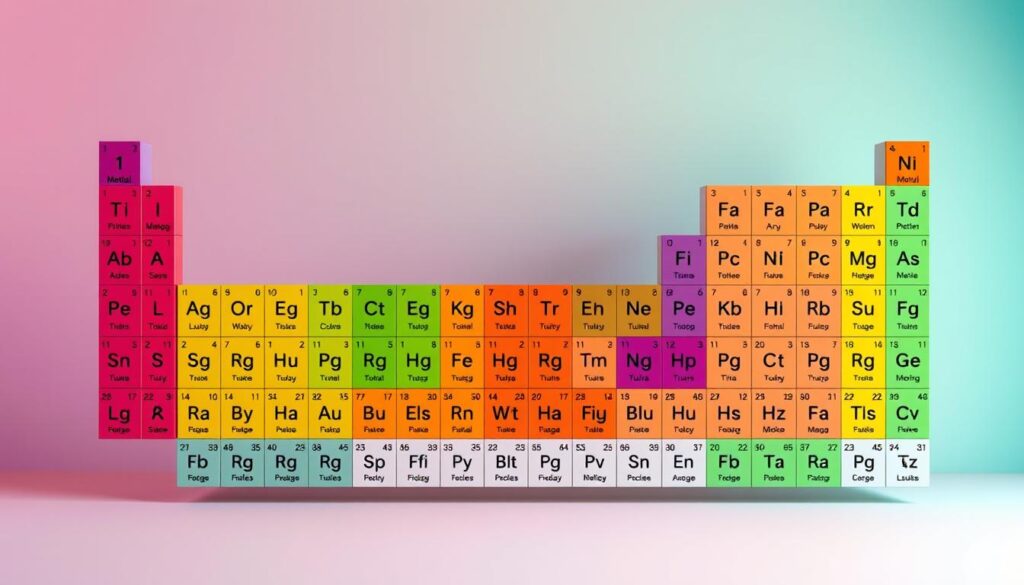
| Element | Atomic Number | Chemical Symbol |
|---|---|---|
| Hydrogen | 1 | H |
| Helium | 2 | He |
| Lithium | 3 | Li |
| Beryllium | 4 | Be |
| Boron | 5 | B |
Major Trends in the Periodic Table
Periodic trends provide valuable insights into the properties of elements based on their positions in the periodic table. Understanding these trends helps in predicting behaviors of elements in chemical interactions. The three major trends include atomic radius, ionization energy, and electronegativity. Each of these properties varies based on an element’s location, revealing foundational knowledge about elemental characteristics.
Atomic Radius and Its Variation
The atomic radius refers to the size of an atom, measured from its nucleus to the outermost electron shell. Across a period from left to right, atomic radius decreases. This shrinking size occurs due to an increase in nuclear charge, which pulls the electrons closer. In contrast, when moving down a group, the atomic radius increases. Additional electron shells contribute to this larger size. Understanding the pattern of atomic radius helps in grasping why elements exhibit certain chemical properties.
Ionization Energy Explained
Ionization energy is the energy needed to remove an electron from an atom in its gaseous state. This energy exhibits a distinct pattern as well. Generally, ionization energy increases across a period. As atomic size decreases, it becomes more difficult to remove electrons due to greater electrostatic attraction between the nucleus and the electrons. Conversely, ionization energy decreases down a group. The outermost electrons become further from the nucleus, making them easier to remove as the shielding effect from inner electrons increases.
Electronegativity: What You Need to Know
Electronegativity indicates an atom’s ability to attract electrons in a chemical bond. Similar to ionization energy, electronegativity increases across a period. Elements toward the right tend to attract electrons more strongly due to their increased nuclear charge. Going down a group, electronegativity decreases. The additional electron shells mean outer electrons are less tightly held, thus reducing an atom’s ability to draw in bonding electrons. Understanding these periodic trends is essential for deciphering chemical bonding and molecular interactions.
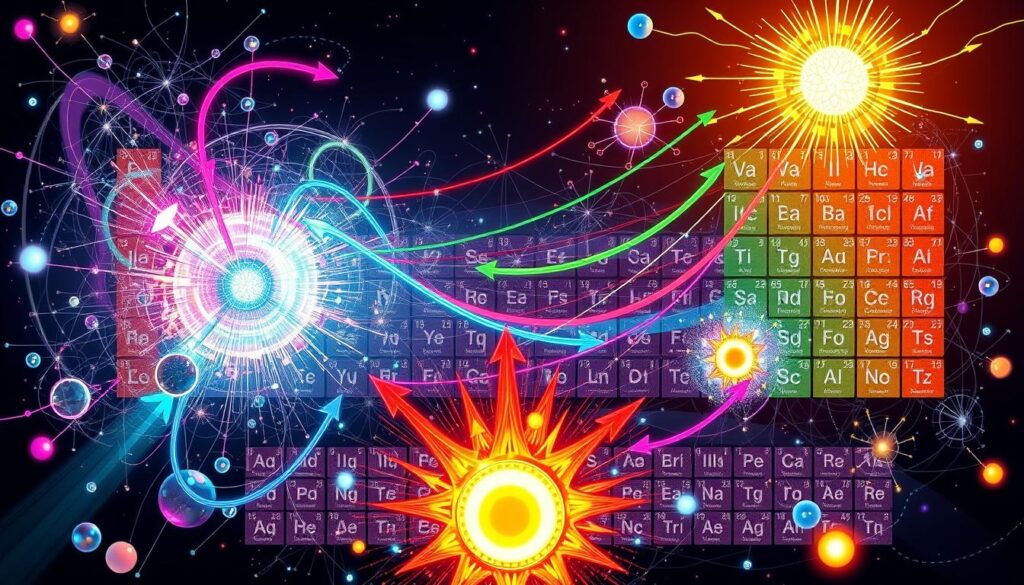
| Trend | Across a Period | Down a Group |
|---|---|---|
| Atomic Radius | Decreases | Increases |
| Ionization Energy | Increases | Decreases |
| Electronegativity | Increases | Decreases |
Group and Period Trends
Understanding the group and period trends within the Periodic Table enhances our comprehension of the properties of elements. These trends reveal systematic patterns in the physical and chemical attributes of elements based on their arrangement. Group trends, which refer to the behavior of elements in vertical columns, show consistent characteristics, while period trends reflect variations across horizontal rows. Examining these aspects provides valuable insights into chemical reactivity.
Trends within Groups (Columns)
Group trends indicate that elements within the same column share similar properties. As you move down a group, for instance, the atomic radius increases due to the addition of electron shells. This increase affects the chemical reactivity of metals. Elements like sodium and magnesium display significant differences in their atomic radii, with sodium measuring 186 pm and magnesium at 160 pm. The increasing atomic size contributes to a greater tendency to lose electrons, enhancing metallic character.
Trends across Periods (Rows)
In contrast, trends across periods demonstrate how properties shift as one moves from left to right along a row. Here, the atomic radius decreases while the electronegativity and ionization energy increases, due to the higher nuclear charge that attracts electrons more effectively. For example, when observing period 3, the atomic radius decreases from sodium (186 pm) to chlorine (135 pm). Such periodic table trends aid in understanding the non-metallic character of elements, indicating a shift in their reactivity patterns as you navigate from metals to non-metals.
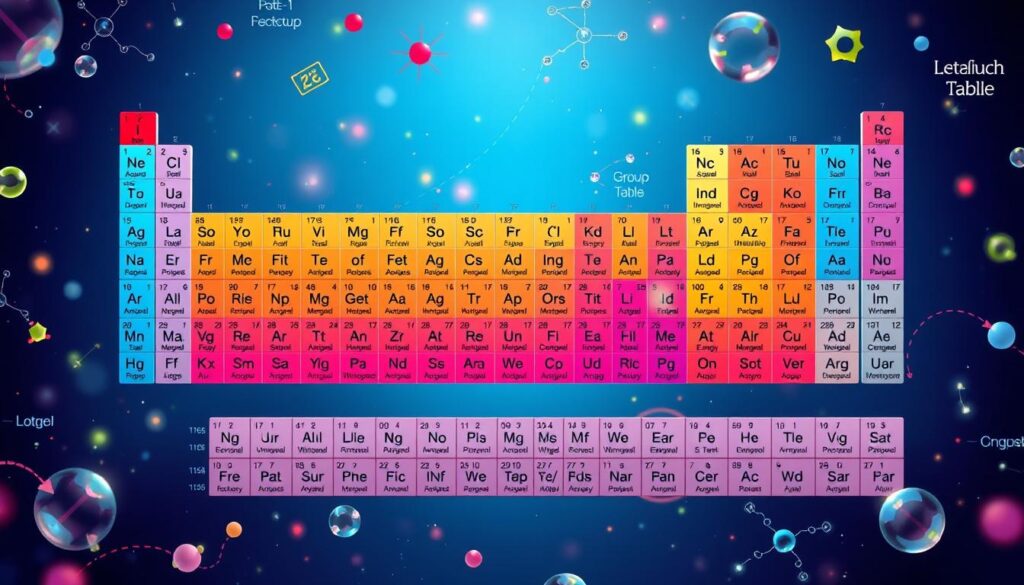
Why Periodic Table Trends Matter
Periodic table trends hold significant relevance beyond theoretical knowledge; they have far-reaching applications in various fields like chemistry, engineering, and technology. Understanding the properties and reactivity of elements allows scientists and engineers to innovate and develop new materials tailored for specific uses. For example, the insights gained from periodic trends are instrumental in sectors such as pharmaceuticals, where precise chemical properties are crucial for drug formulation, and materials science, where custom materials can be designed for enhanced performance.
Applications in Chemistry and Beyond
The applications of periodic table trends are vast. They facilitate chemical synthesis and enable the prediction of how different substances will react with each other. By utilizing knowledge of elements’ properties, researchers can explore new compounds and optimize reactions needed for technological advancements. Industries heavily rely on this understanding, significantly influencing developments in energy solutions and sustainable practices, which in turn promote innovation in tackling global challenges.
How Trends Shape Our Understanding of Elements
Furthermore, grasping periodic table trends deepens our understanding of elemental behavior in various contexts, such as quantum mechanics and nanotechnology. It allows scientists to appreciate the underlying principles governing the interactions of elements and their compounds. Such understanding is essential for advancing research and applications in these cutting-edge fields, reinforcing the periodic table’s role as a fundamental tool in unraveling the complexities of the universe and contributing to novel scientific discoveries.
